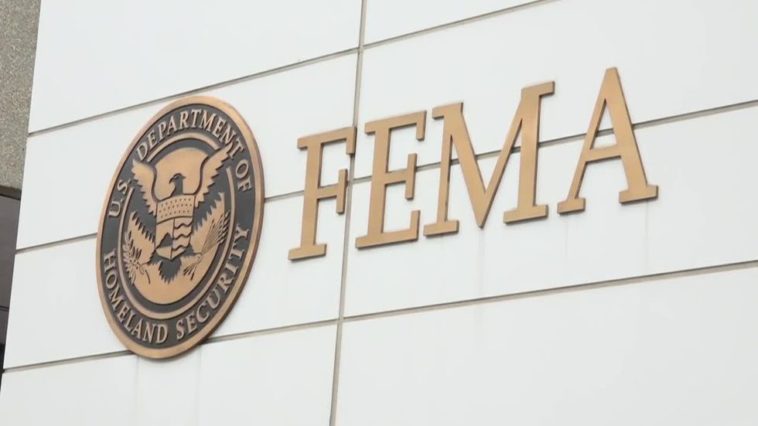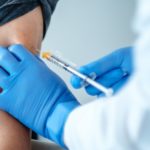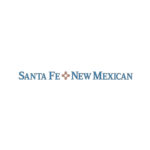Understanding FEMA Individual Assistance and Public Assistance

FEMA provides two main types of assistance, Individual Assistance and Public Assistance, following major disasters such as hurricanes, tornadoes, straight-line winds, flooding and other incidents.
Individual Assistance
FEMA provides Individual Assistance (IA) to eligible individuals and households who have sustained losses as a direct result of a disaster that receives a federal disaster declaration.
- Homeowners and renters in officially designated counties who sustained damage to their homes, vehicles, personal property, businesses or inventory may apply for disaster assistance.
- Assistance can include grants to help pay for temporary housing, emergency home repairs, uninsured and underinsured personal property losses, and medical, dental and funeral expenses caused by the disaster, together with other serious disaster-related expenses.
- Disaster assistance grants are not taxable income and will not affect eligibility for Social Security, Medicaid, medical waiver programs, welfare assistance, Temporary Assistance for Needy Families, food stamps, Supplemental Security Income, Social Security Disability Insurance or any other federal benefits.
As a FEMA partner, the U.S. Small Business Administration (SBA) offers low-interest disaster loans to businesses of all sizes, nonprofits, homeowners and renters. SBA disaster loans are the primary source of federal long-term disaster recovery funds for disaster damages not fully covered by insurance or other compensation. They do not duplicate benefits of other agencies or organizations.
Public Assistance
Public Assistance (PA) can fund the repair, restoration, reconstruction or replacement of eligible public or certain nonprofit facilities or infrastructure damaged or destroyed by a disaster.
- FEMA will provide a reimbursement grant of at least 75% of eligible costs, with the state and local governments sharing the remaining 25%. Eligible public entities include state governments, local governments and any other political subdivision of the state, recognized tribes and U.S. territories. Certain private nonprofits such as schools, utility companies, irrigation systems, emergency, medical, and rehabilitation operations, houses of worship and temporary or permanent custodial-care facilities are potentially eligible to get assistance.
- Although funds are awarded to government entities and private nonprofits, the PA program is intended to benefit everyone in the affected community by helping to restore the community after a disaster.
For the latest information on Hurricane Laura, visit fema.gov/disaster/4559. For the latest information on Hurricane Delta, visit fema.gov/disaster/4570. Or, follow the FEMA Region 6 Twitter account at twitter.com/FEMARegion6.
Click here to report a typo.
Copyright 2020 FEMA. All rights reserved.
Published at Sun, 29 Nov 2020 02:21:28 +0000






Comments
Loading…